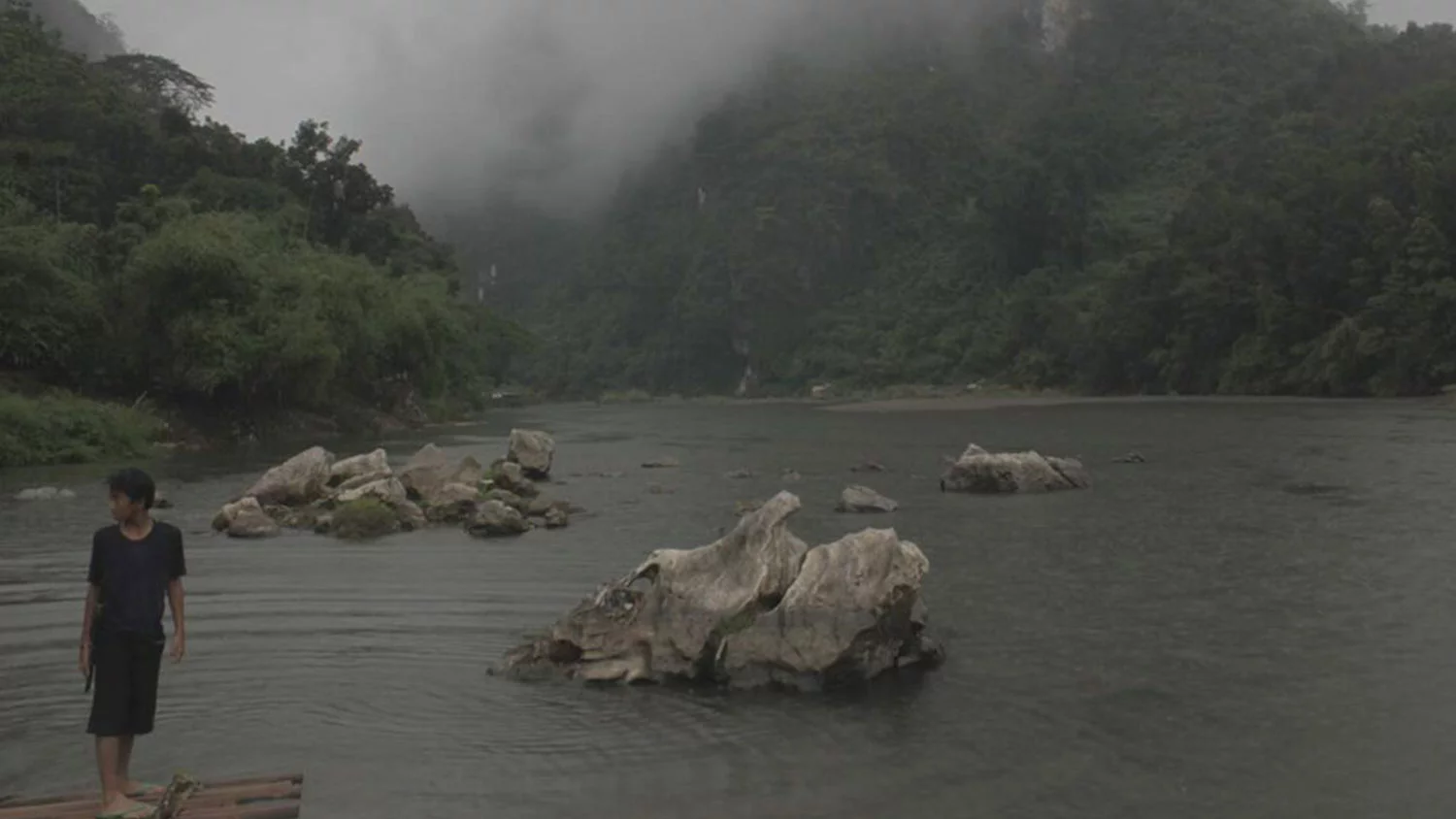Why Southeast Asia?
By Tulika Ahuja

Southeast Asia.The mention of this region brings to mind images of villages, rivers and rice fields. Being a Singaporean and essentially ‘Southeast Asian’ (though I have never consciously associated myself with that label), The Southeast Asian Short Film selection naturally should be something I can identify with. However, I found myself intrigued by the way this diverse region is represented (in film), simply because this region possesses no distinct identity. I belong to this region but village scenes have been a lacking element in my upbringing. Seeing these stereotypical Southeast Asian scenes in films almost alienated me form the region, instead of drawing me in via association by default.But there is no such thing as “typically Southeast Asian”; the region is atypical. The concrete mishmash of Singapore is Southeast Asia and the burning forests of Indonesia are also Southeast Asia. We are just different.Then the question one asks is whether this distinct region can even be represented as one ‘Southeast Asia’. Often regionalization calls upon us to look for similarities. Films like Last Night Our Daughter Came Back Home (2015) and My Father After Dinner (2015) have recurring themes of family. Films like The Crocodile Creek (2015), Wawa (2015) and The Asylum (2015) illustrate man’s proximity and natural association with nature, both for a mental and a physical state of mind. Films like The Fox Exploits the Tiger’s Might (2015) and Ferris Wheel (2015) highlight prevailing issues in a heavily patriarchal Southeast Asian society. While these films give us insights into Southeast Asia, they are not in a position to speak for the entire region. Perhaps there is a stronger voice to be found in our differences.To me, each film is like an outlet into a new story from the region. The themes the stories touch upon do not define the region, but together, they complete the identity of the region. Each story is almost a pixel, standing independently but contributing to a whole. Junilyn Has (2015) especially stood out for me because it acknowledges male-dominance in Southeast Asian society, but finds an angle to turn that hypermasculinity into weakness and applaud female bravery. Essentially a commentary on Philippine society through the eyes of female exotic dancers, the film also comments on similar occurrences in its neighboring Southeast Asian countries. This piques the audiences curiosity without revealing too much, almost encouraging them to go on a Southeast Asian adventure of their own and gain perspective of the nuances in the region. Each film classified under the ‘Southeast Asian’ label is a texture, adding a layer of complexity to the already intense region.Perhaps the films call upon us to map the movement within this region, letting there be a sense of fluidity between borders. Ferris Wheel (2015) manages this well as it follows the story of a Thai immigrant crossing over to create a life in Myanmar. In both places, she is an outsider and a victim of injustices. Yet the physical crossing of borders can be looked at as the creation of a network within Southeast Asia.Something that really stood out for me from these Southeast Asian Short Films was the spirit of collaboration. The name of a particular post-production company was prevalent in majority of the films. White Light Studio, based in Thailand, played a role in the completion of several films, perhaps further strengthening the amicability within the region. We speak different languages and have different stories to share, but find solace in what we can gain from each other.But it cannot be denied that this category exists, and by its very existence, it is trying to either condone or deny certain attributes related to its name. From the selection of films programmed under the Southeast Asian Short Film category in this years Festival, the word “collective” resonated with me. A simple observation of the curating decision also reveals how together, these films form the bigger picture. The specific themes of each Programme cannot be put into a single word simply because there is no one common theme. Maybe the programming decision is trying to tell us to look at the art from this region as a language – one that has to be learnt, paying attention to its accents and nuances.Maybe our differences are our identity.

